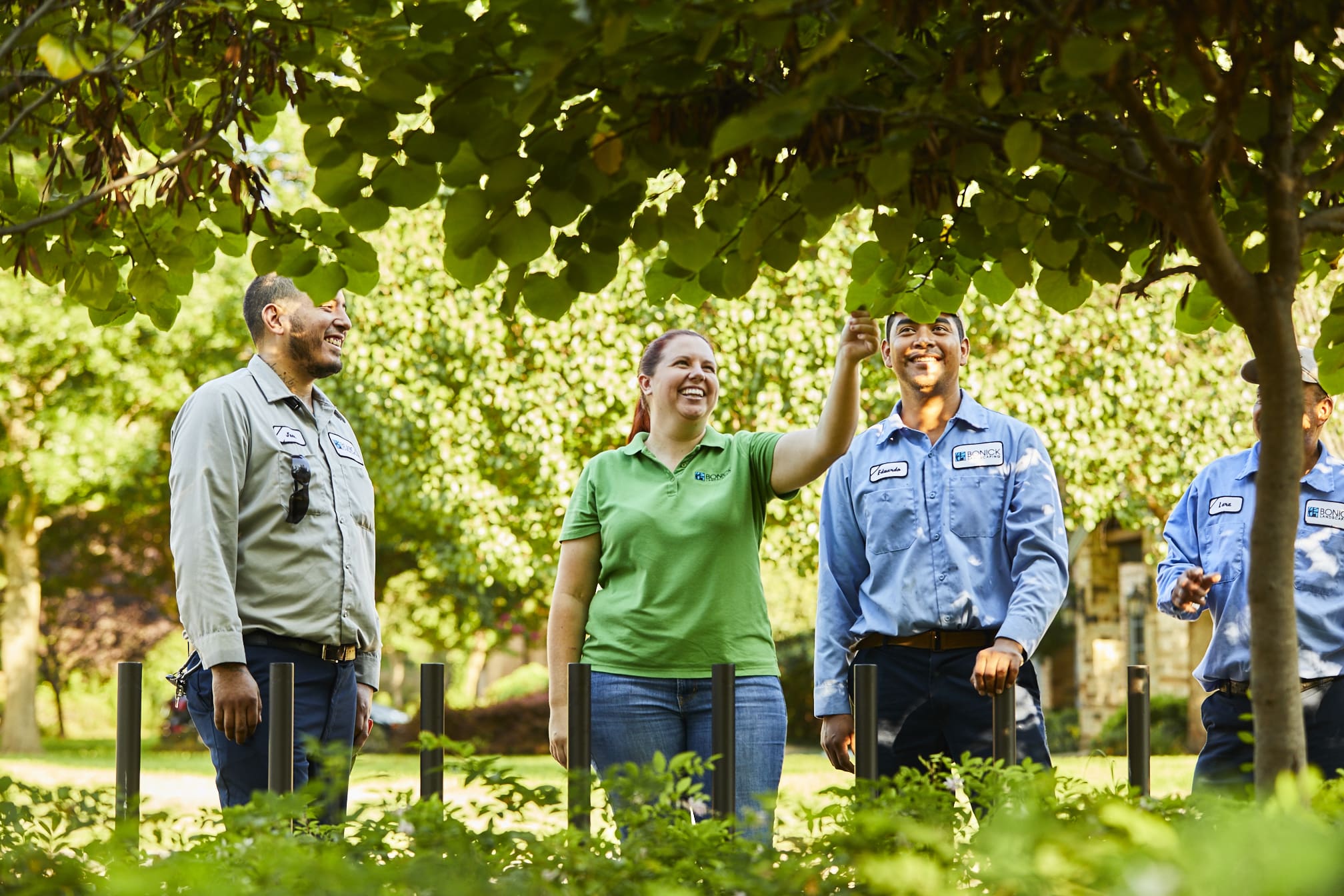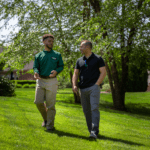
Your field staff are your eyes and ears on your customers’ properties. You can’t be everywhere, and neither can your account managers, which is why it is critical to train your crew members how to identify and address issues they spot in the landscape during their site visits.
By having your whole team dedicated to the early detection of pests, you can prevent widespread damage from occurring, maintain customer satisfaction and reduce the need for inputs.
Training Employees
Unless a hire comes with a strong horticulture background, it’s unlikely many of your new employees can tell the difference between damage caused by chinch bugs or armyworms or what is causing an ornamental plant to fail.
During your onboarding, make sure you cover the importance of pest management, why noting issues early on is so crucial and some of the common pests they can expect to find in your region. Part of this training is ingraining the practice of paying attention to details and acting on them.
For instance, if an employee notes a property’s grass is showing signs of stress or some ornamental shrubs are displaying skeletonized leaves, they shouldn’t be thinking, ‘Not my problem,’ and just doing their required tasks on the site. Instead, their first reaction should be to record the issue with pictures and share this with the client directly, or the account manager, depending on your organization’s structure.
When you are covering your pest identification training, lean on visuals. Show crew members pictures of the pests themselves and the specific types of damage they cause. You can take this one step further by having your crew leaders show employees out in the field symptoms of a certain pest.
You can access different educational materials from your local university extension or NALP’s content hubs.
Conduct hands-on identification exercises with real or simulated infestations to test your team’s retention of the training. You can also role-play scenarios of identifying a problem and how they should go about reporting the pest.
If you want to take your training to the next level, NALP also offers the Landscape Training Manual for Maintenance Technicians publication, which includes a section on pest management that is available in English and Spanish.
Hold regular training updates on the common insects, weeds and fungi your field team should be on the lookout for.
Addressing Identified Pests
If you want your team members to take note of pests in the landscape, you also need to empower them to be able to take action. Outline your reporting procedure and hold employees accountable if they are not following this process.
Determine your SOPs for different types of threats. Some pests like white grubs, hairy chinch bugs and sod webworms should be treated immediately on site, and your employees need to know which of these pests call for a rapid response. You should also cover the proper types of treatments for the pests such as handpicking, pruning or applying necessary chemical treatments.
Other times, an issue may be something outside the scope of the client’s contract, and the account manager needs to notify the customer.
It’s also important to have checks and balances in place so your crew doesn’t end up treating a property for a misidentified issue. For instance, drought-damaged turf can be mistaken for chinch bug damage. Before treating for chinch bugs, make sure the client has been watering their lawn regularly.
You can increase your team’s confidence in their identification skills by having them earn different certifications that test them on their weed and insect knowledge.



